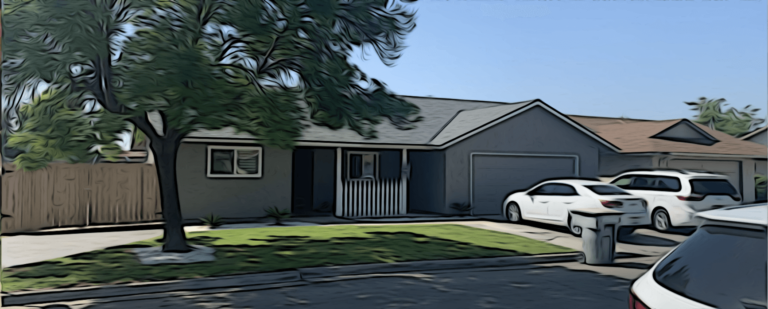
Single-ply roofing systems are becoming increasingly popular in both commercial and residential roofing applications. Here are some reasons to choose a single-ply roof system:
- Durability: Single-ply roofing membranes are designed to withstand extreme weather conditions such as high winds, hailstorms, and heavy rain. They are also resistant to UV rays, punctures, and tears.
- Energy-efficient: Single-ply roofing systems are highly reflective, which helps to reduce the amount of heat absorbed by the building. This means that the building will require less energy to cool, resulting in lower energy bills.
- Cost-effective: Single-ply roofing systems are typically less expensive than other roofing options, such as built-up roofing or metal roofing. They also require less maintenance, which can save money in the long run.
- Lightweight: Single-ply roofing membranes are lightweight, which makes them easier and faster to install. This can reduce labor costs and minimize disruption to building occupants.
- Versatility: Single-ply roofing systems can be installed on a variety of roof types, including flat roofs, low-slope roofs, and even curved roofs. They are also available in a range of colors and textures to suit any aesthetic.
- Environmentally friendly: Single-ply roofing membranes are recyclable and can be repurposed at the end of their life cycle. They also contribute to energy efficiency, which can help to reduce the building’s carbon footprint.
Overall, single-ply roofing systems offer a wide range of benefits, including durability, energy efficiency, cost-effectiveness, versatility, and environmental sustainability.
When it comes to single-ply roofing systems, there are two choices: PVC and TPO. Which is right for your application?
TPO vs. PVC – How is it installed and what are the advantages and disadvantages?
Single-Ply Installation
Roof Preparation: The first step in installing Single-Ply roofing is to prepare the roof surface. This involves cleaning the surface to remove any debris, dirt, or other contaminants that could prevent the Single-Ply membrane from properly adhering to the surface. Your installer will check and repair any damage or resolve issues that need to be addressed before the TPO or PVC installation.
Fire Sheet Installation: Once the roof surface is cleaned and repaired, a “fire sheet” is installed to comply with applicable building code. It also provides a smooth surface for the Single-Ply membrane to adhere to.
Single Ply Membrane Installation: The TPO or PVC membrane is then installed over the fire sheet. The membrane is rolled out onto the roof surface and secured in place with mechanical fasteners, adhesive, or both.
Seaming: After the Single-Ply membrane is installed, the seams are welded together using a hot-air gun or a robotic welding machine. This creates a strong, watertight seal between the membrane sheets.
Flashing Installation: Flashing is installed around the roof’s edges, penetrations, and other areas where water could potentially enter the roof system. The flashing is typically made of the same Single-Ply material as the membrane and is welded to the membrane to create a continuous, watertight seal.
Final Inspection: Once the installation is complete, the roof is inspected to ensure that everything has been properly installed and that there are no leaks or other issues.
Overall, Single-Ply roofing is a relatively straightforward installation process that requires skilled professionals to ensure a quality installation that will provide reliable protection for many years to come.
TPO (Thermoplastic Olefin) and PVC (Polyvinyl Chloride) are both types of single-ply roof membranes used in commercial and industrial roofing applications.
TPO of PVC – Which is better?
The main difference between TPO and PVC is the materials used to make them. TPO is made from a blend of rubber, ethylene-propylene, and polypropylene, while PVC is made from a thermoplastic polymer of vinyl chloride.
In terms of performance, both TPO and PVC offer excellent resistance to weathering, UV radiation, and chemicals. However, there are differences in their physical properties that can affect their installation and maintenance.
TPO is typically easier to install than PVC due to its greater flexibility and wider temperature range for installation. TPO also tends to have a lower cost than PVC, which can make it a more budget-friendly option.
Energy Efficiency: TPO is generally considered to be more energy-efficient than PVC because it reflects more of the sun’s rays, reducing the amount of heat absorbed by the roof.
On the other hand, PVC has a longer track record in the roofing industry, and is known for its superior resistance to chemicals and pollutants, making it a good choice for roofs that are exposed to harsh environments. PVC is ideal for restaurants because of potential oil and grease build up. PVC also tends to be more durable and resistant to tears and punctures than TPO.
Installation: Both TPO and PVC are relatively easy to install, but PVC can be more difficult to weld because of its chemical composition.
Ultimately, the choice between TPO and PVC single-ply roof systems will depend on the specific needs and priorities of the project, as well as budget constraints. A professional roofing contractor can help advise on the best option for your particular situation.





